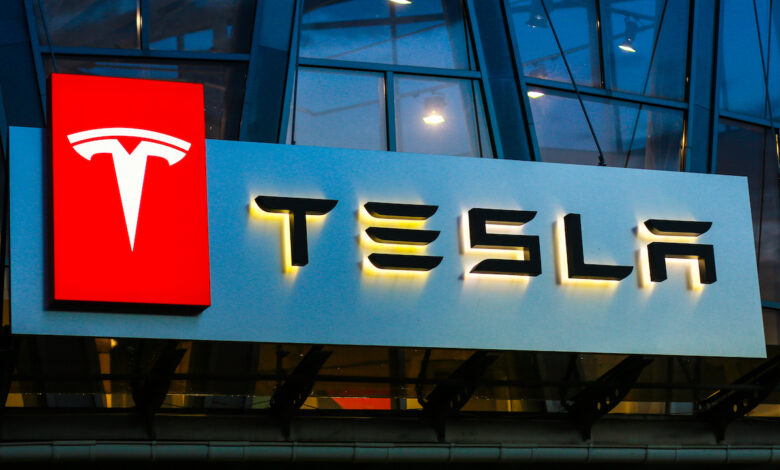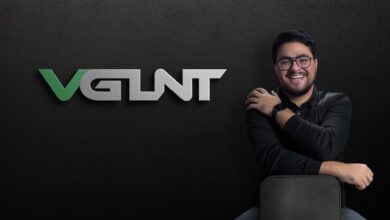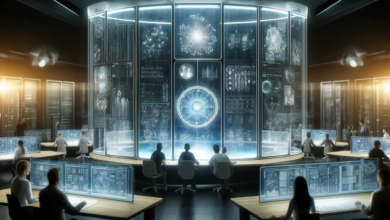Elon Musk’s xAI Plans Spotlight Tesla’s Autonomy Challenges

For as long as cars have existed, entrepreneurs have chased the dream of autonomous vehicles.
Self-driving vehicles, across commercial, personal and industrial use, have the potential to transform — and connect — nearly all facets of commerce and the digital economy.
But with news reported Tuesday (June 4) by CNBC that Elon Musk is diverting computing resources that Tesla had ordered from chipmaker Nvidia to another of his companies, social platform X, and in particular its artificial intelligence subsidiary, xAI, observers are beginning to wonder if Tesla’s promises around building a fast-approaching autonomous future could be in question.
In April, Musk took to X to say that Tesla will spend around $10 billion this year in “combined training and inference AI, the latter being primarily in car. Any company not spending at this level, and doing so efficiently, cannot compete.”
By letting xAI jump the Nvidia product delivery line and delaying Tesla’s own procurement by several months, the company’s roadmap for further fine-tuning and optimizing its self-driving AI software could in turn be delayed.
Responding to the CNBC report about the swap from Tesla to X, Musk posted on X Tuesday that “Tesla had no place to send the Nvidia chips to turn them on, so they would have just sat in a warehouse.”
Yet the diversion comes at a time when Tesla’s Autopilot and Full Self-Driving driver-assist features have come under regulatory scrutiny, and when investors in Tesla have pinned at least some of their hopes on the automaker’s plan to showcase its autonomous robotaxi in August.
Representatives from Tesla and X did not immediately reply to PYMNTS’ request for comment.
Read also: From Factories to the Fast Lane, Unpacking Autonomy’s Potential
Unpacking the Autonomy and Compute Landscape
Already, automaker Mercedes has beaten Tesla in the domestic autonomy race and become the first automaker to sell Level 3-rated autonomous vehicle systems on United States soil.
The Society of Automotive Engineers (SAE) has defined six levels of driving automation (SAE J3016), which are widely accepted in the industry and range from Level 0 to Level 5. Tesla’s current autonomous systems are rated a Level 2, or Partial Driving Automation, meaning the vehicle can control both steering and acceleration/deceleration, but the human driver must remain engaged and monitor the environment.
The Tesla news comes as the Chinese Ministry of Industry and Information Technology approved Tuesday a group of nine automakers to trial their own Level 3 autonomous driving vehicles on public roads, with the goal of accelerating the adoption of self-driving cars.
The SAE defines Level 3 autonomy as Conditional Driving Automation, meaning the vehicle can handle all aspects of driving in certain conditions, but the human driver must be ready to take control when requested.
The reason Level 3 driving is important is because it represents the first time along the autonomy standard progression that the vehicle itself is liable for driving, whereas, in Level 2 systems, the person driving is designated as always supervising the system and remains liable for any accidents that may occur on the vehicle journey. Observers say it is these liability limitations, rather than technical ones, which may be what is holding back certain automakers from pushing their systems forward.
See also: AI Explained: Computer Vision
Why Autonomy Companies Are Software Companies
Beyond Level 3 autonomy is Level 4, or High Driving Automation, where a vehicle can perform all driving tasks in specific conditions without human intervention but may require human intervention outside those conditions.
In another example of the challenges facing the autonomous mobility sector, Hyundai-backed self-driving car startup Motional announced Tuesday it is delaying its driverless taxi fleet, explaining that “large-scale deployment of AVs remains a goal for the future, not the present.” Motional’s autonomous vehicles were rated at Level 4.
The holy grail of autonomy is Level 5, or Full Driving Automation, where vehicles can perform all driving tasks under all conditions without any human intervention.
Getting there will be a hugely technical challenge, requiring a combination of AI and computer vision trained on vast data sets.
“The environment is becoming much more complex to manage, which is where more advanced technologies come into the picture, and why you need data,” NoTraffic CEO and Co-founder Tal Kreisler told PYMNTS in April about connected autonomous systems.
“AI is one component in a broader, complex and connected network, but it gives several advantages, including the ability for the system to learn,” he added.
In a sign of marketplace interest, last month, Wayve, a software startup focused on self-driving cars, raised $1.05 billion in a Series C funding round to continue developing a “GPT for driving” AI system that can empower any vehicle to see, think and drive through any environment by reimagining autonomous mobility through embodied intelligence.
Still, self-driving cars face an uphill battle full of regulatory and standardization benchmarks to ensure they operate safely.
For all PYMNTS AI coverage, subscribe to the daily AI Newsletter.



